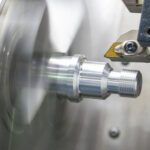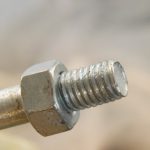
Threaded rod is usually made from carbon or stainless steel whereas the metal rod is threaded throughout the entire length of the rod. This sort of threading allows for fixings to be fastened onto the rod, therefore working well for different construction applications. Threaded rod typically connects two objects together, whether they’re wood, metal, concrete… Read more »








